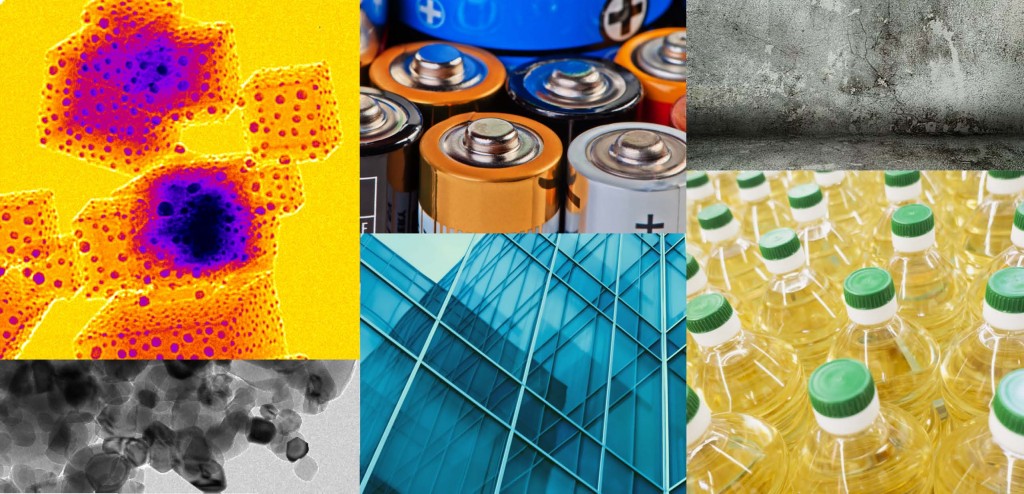
[Image credit: NIST]
Jian Luo is designing better materials for the 21st century
The U.S. Defense Department recently named ACerS member Jian Luo, professor of nanoengineering and materials science and engineering at the University of California, San Diego as one of 10 new National Security Science and Engineering Faculty Fellows. Luo’s project focuses on developing structural materials, including molybdenum-based high-temperature alloys and zirconia-based structural ceramics for aerospace and naval applications.
Pairing old technologies with new for next generation electronic devices
University College London scientists have discovered a new method to efficiently generate and control currents based on the magnetic nature of electrons in semi-conducting materials, offering a radical way to develop a new generation of electronic devices.
Tough foam from tiny sheets of graphene
A tough, ultralight foam of atom-thick sheets of graphene can be made to any size and shape through a chemical process invented at Rice University. The structure consists of a pair of two-dimensional materials: floors and walls of graphene oxide that self-assemble with the assistance of hexagonal boron nitride platelets.
Scientists enhance synthesis of chromium dioxide epitaxial thin film growth
Half-metallic ferromagnet CrO2 has attracted much attention because of its possible applications in the emerging area of spintronics. Chinese researchers have now successfully fabricated high-quality CrO2 thin films on (100)-oriented TiO2 substrates using a simple route under ambient pressures in a pure form.
A GPS for aluminum: New approach pinpoints locations in simple zeolite catalysts
Employing a combination of methods devised at Pacific Northwest National Laboratory and the Swiss Light Source, scientists were able to determine the distribution of aluminum ions in zeolites, tectosilicates consisting of an array of silicon-oxygen tetrahedra, which form a complex network of pores.
The atomic picture of magnetism
Scientists from the Max Planck Institute for Solid State Research in Stuttgart and Augsburg are making their contribution to a more detailed understanding of how iron-based superconductors work and the role played by magnetism. They are the first to have imaged the magnetic structure of a so-called strongly correlated electron system, here of iron telluride, on an atomic scale.
Learning how bonds between things fall apart
Researchers at MIT have found a way to directly study the fractures and failures between bonded materials, revealing the crucial role of moisture in setting the stage for failure. The findings could lead to exploration of new ways to prevent moisture from reaching into the bonded layer, perhaps using better sealants.
